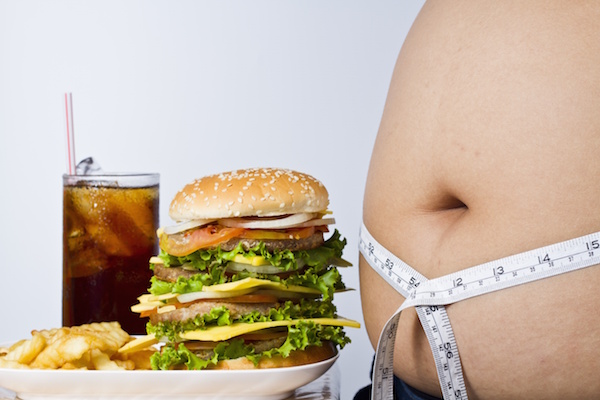
MONDAY, Jan. 31 (HealthDay News) — Long-awaited U.S. dietary guidelines released Monday — the first since 2005 — focus on getting Americans to slash their salt intake.
Specifically, the seventh edition of the U.S. Department of Agriculture’s Dietary Guidelines for Americans recommends that Americans limit their daily sodium intake to less than 2,300 milligrams (about a teaspoon) a day for most people and to less than 1,500 milligrams among people aged 51 or older, all blacks, and people who have high blood pressure, diabetes or chronic kidney disease, regardless of their age.
Given the current obesity epidemic and its attendant chronic health problems, this lower limit ends up applying to about half of the U.S. population, the guidelines stated.
“The focus is still on salt,” said Lona Sandon, an assistant professor of clinical nutrition at the University of Texas Southwestern at Dallas and a spokeswoman for the American Dietetic Association. “We know that most Americans are eating two times or more of what’s recommended which is 2,300 milligrams a day for most people. We still need to reduce our daily intake.”
U.S. health officials agreed.
“Today the average American probably consumes 3,400 milligrams of sodium, so this is a fairly significant effort on our part and it must be reflected in the decisions that food-processing companies, in particular, make over time so folk don’t necessarily reject out of hand these guidelines because the taste is so fundamentally different,” USDA Secretary Tom Vilsack said during a Monday news conference.
The guidance should help Americans as they navigate product labeling outlining the sodium content of various foods, he added.
Not everyone thought the USDA went far enough, however. In a statement, the American Heart Association said that by applying the 1,500 milligram per day intake level only to people aged 51 and over, the guidelines fail to address “the very real issue of excess sodium consumption across the population.” Instead, the AHA believes that “the 1,500 mg recommendation should apply to all Americans — children and adults.”
The 2010 advisory also puts “more emphasis on getting people to choose healthier types of fats,” Sandon noted.
The new guidelines are “tools to give Americans better information about how to stay healthy, how to become healthier, how to make children better students and be prosperous in the future,” Kathleen Sebelius, secretary of the Department of Health and Human Services, said during the news conference.
This time around, there are highly specific recommendations on fats: That no more than 10 percent of calories should come from saturated fat and, in their place, eating monounsaturated fats and polyunsaturated fatty acids.
Americans are also being urged to eat more seafood, particularly cold water fish, “in an attempt to up consumption of healthier fats like omega-3 fats that we know are health-promoting,” said Sandon.
That was not specifically stated in past versions of the guidelines.
In a way, the messages contained in this new document aren’t much different than what experts have been trying to drive home for years.
These include eating smaller portions, reducing calorie consumption and increasing physical activity.
Specifically, the guidelines suggest:
- Making half your plate fruits and vegetables and eating more whole grains to get more of needed nutrients.
- Eating more lean meats and poultry, legumes and nuts and seeds.
- Using fat-free or low-fat (1 percent) milk.
- Staying away from added sugars, refined grains and solid fats, which tend to have many calories but few essential nutrients.
- Making sodium comparisons for foods such as canned soup and frozen meals, then select those foods with the least salt.
- Consuming less than 300 milligrams per day of cholesterol.
- Avoiding trans fatty acids.
- Gleaning nutrients primarily from eating nutritious food, instead of relying on supplements.
- Consuming alcohol only in moderation, meaning one drink or less for women per day and two drinks for men.
- Drinking water instead of sugary sodas or other sweetened drinks.
The guidelines follow closely on the heels of proposed new federal guidelines for making school lunches healthier. Those proposals, issued earlier this month, are similar, including having kids incorporate more grains and vegetables into school meals and switching to low- or nonfat milk.
“This is very much what many health professionals have been saying for years. There’s nothing particularly earth-shattering here,” Sandon said. “But these guidelines are evidence-based, they’re based on science and what we know about healthy eating, what we know about weight loss and how nutrients promote our health but tend to get lost among all the hypes of the fad diets out there. If [only] we could make this the next fad diet — we need to get this to stand out in the public’s mind above all the hundreds of books that are making promises of quick fixes. This is as close as we can get to the truth about healthy eating.”
More information
Find out more about the new Dietary Guidelines for Americans at the U.S. Department of Agriculture .

